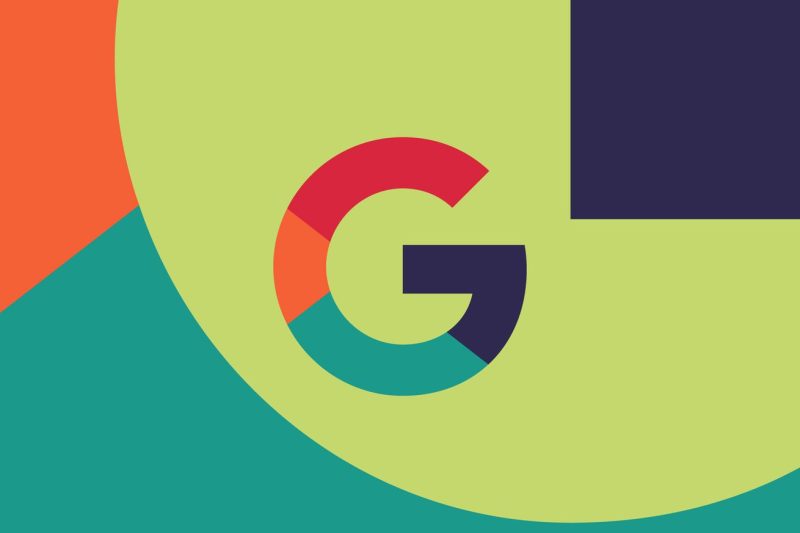Automatic Framing in Google Meet: Facilitating Seamless Virtual Meetings for Everyone
Automatic framing is a cutting-edge feature that adds significant value to virtual meetings by enhancing the user experience and ensuring smooth communication between participants. Recently, Google Meet has made this feature available to all users, marking a significant milestone in the realm of video conferencing technology.
The introduction of automatic framing in Google Meet is revolutionary, as it adds a new dimension to virtual communication. By using artificial intelligence (AI) and machine learning algorithms, Google Meet can automatically adjust the framing of participants’ video feeds, ensuring that they remain visible and centered within the frame. This dynamic framing capability is especially useful in large virtual meetings where participants may move around or change positions frequently.
One of the key benefits of automatic framing in Google Meet is its ability to focus on the active speaker. By dynamically adjusting the framing to highlight the person currently speaking, automatic framing enhances the overall meeting experience by directing the participants’ attention to the most relevant content. This feature ensures that all participants can easily follow the conversation and stay engaged throughout the meeting.
Moreover, automatic framing in Google Meet helps to create a more professional and polished appearance for virtual meetings. By ensuring that participants are always framed correctly within the video feed, this feature eliminates distractions and enhances the overall visual quality of the meeting. As a result, participants can focus on the content being discussed without being disrupted by technical issues or poor framing.
Another significant advantage of automatic framing in Google Meet is its ability to adapt to different meeting scenarios and layouts. Whether participants are using a traditional grid view, a presentation mode, or a full-screen display, automatic framing can intelligently adjust the framing to optimize the viewing experience for all participants. This flexibility makes Google Meet a versatile platform that can cater to various meeting requirements and preferences.
In addition to facilitating seamless communication, automatic framing in Google Meet also improves accessibility for all users. By automatically adjusting the framing of participants’ video feeds, this feature ensures that everyone remains visible and engaged regardless of their physical location or device. This inclusivity is essential for creating an equitable meeting environment where all participants can actively participate and collaborate effectively.
Overall, the introduction of automatic framing in Google Meet represents a significant advancement in the field of virtual meetings. By leveraging AI and machine learning technologies to enhance the user experience, Google Meet is setting new standards for video conferencing platforms. As more organizations and individuals embrace remote work and virtual communication, features like automatic framing play a crucial role in making virtual meetings more engaging, efficient, and productive for everyone involved.
